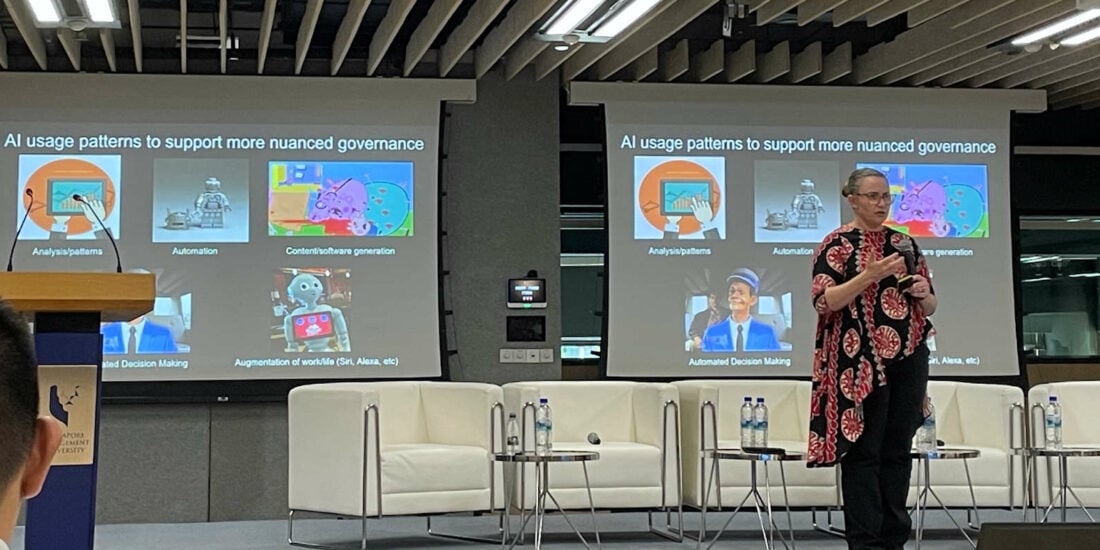
What We Can Learn from Taylor Swift When Implementing BEPS 2.0
You’re almost in KL! The city centre is just about an hour’s drive from the Seremban rest stop. No surprise that many Singaporeans will be stopping at this major rest and relax stop to refuel or recharge (for EVs) or simply to get a Ramly burger. This rest stop has a lot in common with Singapore. While it is not a destination per se, it possesses the necessary amenities for Singaporean travellers driving northbound for a quick stop. Singapore thrives as a “pit-stop” for the world; our steady economic growth and good jobs for Singaporeans depend on multinational enterprises or MNEs making a landing on this tiny island.
During Budget 2024, DPM Lawrence Wong announced that Singapore will implement the Income Inclusion Rule (IIR) and Domestic Top-up Tax (DTT) under Pillar 2 of the Base Erosion and Profit Shifting 2.0 initiative (BEPS 2.0), which means that there would be a minimum effective tax rate of 15% on MNEs in respect of their profits of overseas operating entities and on local entities enjoying special deductions, exclusions, and credits. So, no surprise this will reduce the room for tax competition among countries and the eventual impact to revenue for Singapore depends not just on how we react but also how other governments respond to BEPS 2.0.
In most countries where MNEs operate, they have the right to tax fully on the profits attributable to core activities such as manufacturing, strategic decision making or services rendered. Robust rules existing under transfer pricing rules ensure that cross-border transactions between related entities in MNE groups are conducted at “arm’s length” so that various entities in different countries are taxed in accordance with the economic activities conducted and subject to benchmarking analysis. Therefore, you may question if the BEPS 2.0 project under the Inclusive Framework is really an exercise in breaking something that did not require fixing.
The 2 Pillars Under BEPS 2.0 and What it Means After Budget 2024
Even though we are a small player, Singapore is one of the first among 135 countries accepting the 2-pillar solution to address tax challenges arising from digitisation of the world’s economy. Pillar 1 seeks to re-allocate 25% of affected MNEs global profits that are more than 10% margin, to where the markets are located or where the customers are. Singapore has yet to adopt Pillar 1.
As mentioned above, Singapore will implement the IIR and DTT under Pillar 2, which is a minimum effective tax rate of 15% on MNEs’ profits starting on or after 1 January 2025.
Under a BEPS explainer on its website, the Ministry of Finance (MOF) posited that under Pillar 1, Singapore will have to give up taxing rights over profits from economic activities conducted here, but will receive very little from other countries in return due to our small domestic market. Pillar 1 will certainly result in a loss of future revenue. However, MOF has stated that it is difficult to assess at this juncture the potential impact of adopting Pillar 2. Nevertheless, it is widely accepted that one of the most likely outcomes in the longer term is MNEs leaving and a general decline in corporate tax revenue and most importantly, their spending in Singapore. Thankfully, Singapore is committed to reinvest whatever additional corporate tax revenue generated in the short run to maintain and enhance our competitiveness.
Singapore is Adapting
For months now, experts consisting of policy makers, tax professionals, academia and even assistant commissioners have come together to discuss this global tax phenomenon and how businesses and tax administrations will be affected. We would not rest on our laurels. Of course, Singapore will adapt to the changes and we will adapt fast. Indeed, it is no coincidence that DPM Wong introduced a Refundable Investment Credit scheme. As the support of 50% of qualifying expenditures comes in the form of corporate income tax rebate, perhaps rewarding MNEs with research and development and sustainability activities, it is hard to see if such a scheme will work in retaining the affected MNEs. After all, the minimum tax rate of 15% is a net sum of headline tax after deductions, exclusions and credits provided.
BEPS 2.0 rules do come with mechanisms to address fluctuations in the effective tax rate calculation due to complex domestic tax arrangements. The devil lies in the details, but we take solace in the fact that Singaporeans will churn through mountains of paperwork to ensure that there is a legitimate “shielding” of sorts that could be tapped into.
It is heartening to see that DPM Wong is already introducing an additional concessionary tax rate tier of 15% for the Development and Expansion Incentive, Intellectual Property Development Incentive and Global Trader Programme as part of the government’s efforts to rationalise the tax incentives and to advance the implementation of BEPS 2.0.
Conclusion
As a small nation of 5.7 million, nobody would regard us as one to set the rules to the game. But it does not matter. Taylor Swift is a name to mention in defence because collectively, we managed to organise an exclusive party for the highest tier performer.
Singapore is extraordinarily shrewd when it comes to the play of economics. Specifically, Pillar 2 is expected to affect at least 1,800 MNEs in Singapore, mostly under some form of tax incentive schemes. These are MNE groups with annual group revenue of 750 million euros or more in at least two of the four preceding financial years. Perhaps we should switch our focus from the “Taylor Swifts” of the corporate world to mid-tier MNEs with annual group revenue below the threshold or engineer an incubation hub of sorts for startup enterprises. I say, let Singapore be the one to set the rules to this game. Folks from nearby Asean countries came over for the Taylor Swift concert this month and not vice versa. IRAS should learn a thing or two from STB!
References
- Singapore Budget 2024
- MOF BEPS explainer last updated 23 May 2022
- OECD (2022), Tax Challenges Arising from the Digitisation of the Economy – Commentary to the Global Anti-Base Erosion Model Rules (Pillar Two), OECD, Paris






